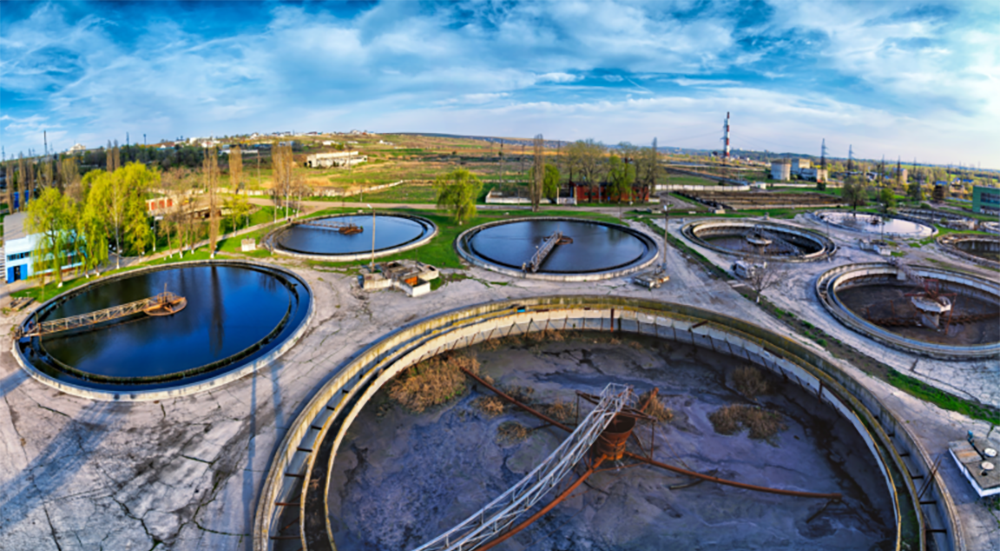The Metropolitan Sewer District of Greater Cincinnati (MSD) has decided to pilot a technology solution to expand on data related to wastewater quality.
In recent years, local water departments have turned to artificial intelligence to modernize their processes. And with the emergence of COVID-19, the use of technology to monitor wastewater has increased as a public health tool. In fact, some are even turning to robots to monitor sewage.
The district was looking for ways to bring sampling methods into the 21st century to improve capabilities and job performance, which led to the May installation of Kando’s Pulse solution, according to the assistant superintendent Scott Bessler.
What Bessler describes as “the old-fashioned way” of sampling entails an autosampler unit that is about a foot and a half in diameter with a pump inside. To sample from a manhole, for example, the road would need to be blocked off, creating traffic implications for the community. However, the new technology mounts on the inside of the manhole, enabling quick collection and minimal disruptions.
This expands the capacity of field crews, as they may now be able to collect 10 samples in the time it used to take for one.
“So, there’s incredible value in that — and getting a better spatial resolution of what’s going on pollution-wise and water quality-wise in your collection system,” Bessler stated.
Kando offered MSD two different solutions, one focused on the wastewater quality side and another on the epidemiology side. Currently, MSD is piloting the wastewater solution, with the potential to explore the other solution in the future.
Bessler expects to begin seeing results from the quality samplers soon, which will help inform where to deploy additional samplers.
In addition to expanding the utility’s footprint to cover a larger geographic range for a better understanding of the samples collected, there is also the ability to identify bad actors. If people are dumping or polluting, that impacts the entire water network. Identifying the sources of such pollution can help MSD take action.
As Kando CTO Ricardo Gilead explained, strategically placed IoT units use real-time sensors that read the quality and quantity of wastewater flow. When an abnormal event like pollution occurs, the algorithms allow for pinpointing of the source. This then allows the authorities to mitigate the problem, through awareness or fines, or by informing utilities of the need to adapt and optimize treatment in the case of this type of event.
“So what we’re doing is bringing this technology of the IoT and AI to give decision-makers and operators the ability to make better decisions and act upon those problems,” said Gilead.
The data comes to decision-makers in different ways depending on their roles, Gilead said. There are a lot of dashboards and heat maps with various data points to help tell a story. In working with a public agency like MSD, the sensors and data from Kando are supplemental to the system and data points the utility already has in place for monitoring.
Gilead also explained the tech’s ability to help utilities focus on equity by understanding how pollution or viruses may affect specific parts of the community. This technology system allows for additional units to be added not only in one municipality or census tract but in a community itself, which sometimes overlaps a boundary.
Looking at it this way allows for an understanding of not only public health and climate impacts, but human behaviour, Gilead stated.
On both a federal and local level, Gilead said that this type of technology is increasingly being used for both climate adaptation and public health crisis mitigation.
Gilead explained that because the epidemiology solution allows testing for pathogens and bio and chemical markers in wastewater, not only can utilities monitor for things like COVID-19 – which Bessler said would be MSD’s focus in a pilot – but also for other viral diseases.
“We bring this tool, this system, that allows municipalities or governments to run this program of watching for what we know, but all the time, being prepared and finding the unknown,” Gilead said. “So when the next thing comes, we are ready for it.”
The epidemiology pilot project is still in discussions, but Bessler said the utility is hoping to collaborate with the Cincinnati Health Department to determine where to put the samplers for the greatest impact.
He also underlined the work the state of Ohio is already doing in this regard. The state has the Ohio Coronavirus Wastewater Monitoring Network, a network across Ohio examining wastewater samples for COVID-19. And Bessler’s belief is that if wastewater utilities and public health experts continue to collaborate, there will be a significant public health impact at the community level.
Read more Kando Articles and News on H2O Global News. Do you have an article or video that you would like to share? Submit your article here or keep up with the latest news from the water industry and wastewater industry by subscribing to our weekly newsletter







[…] 8. Testing Wastewater […]
[…] 8. Testing Wastewater […]
[…] 8. Testing Wastewater […]